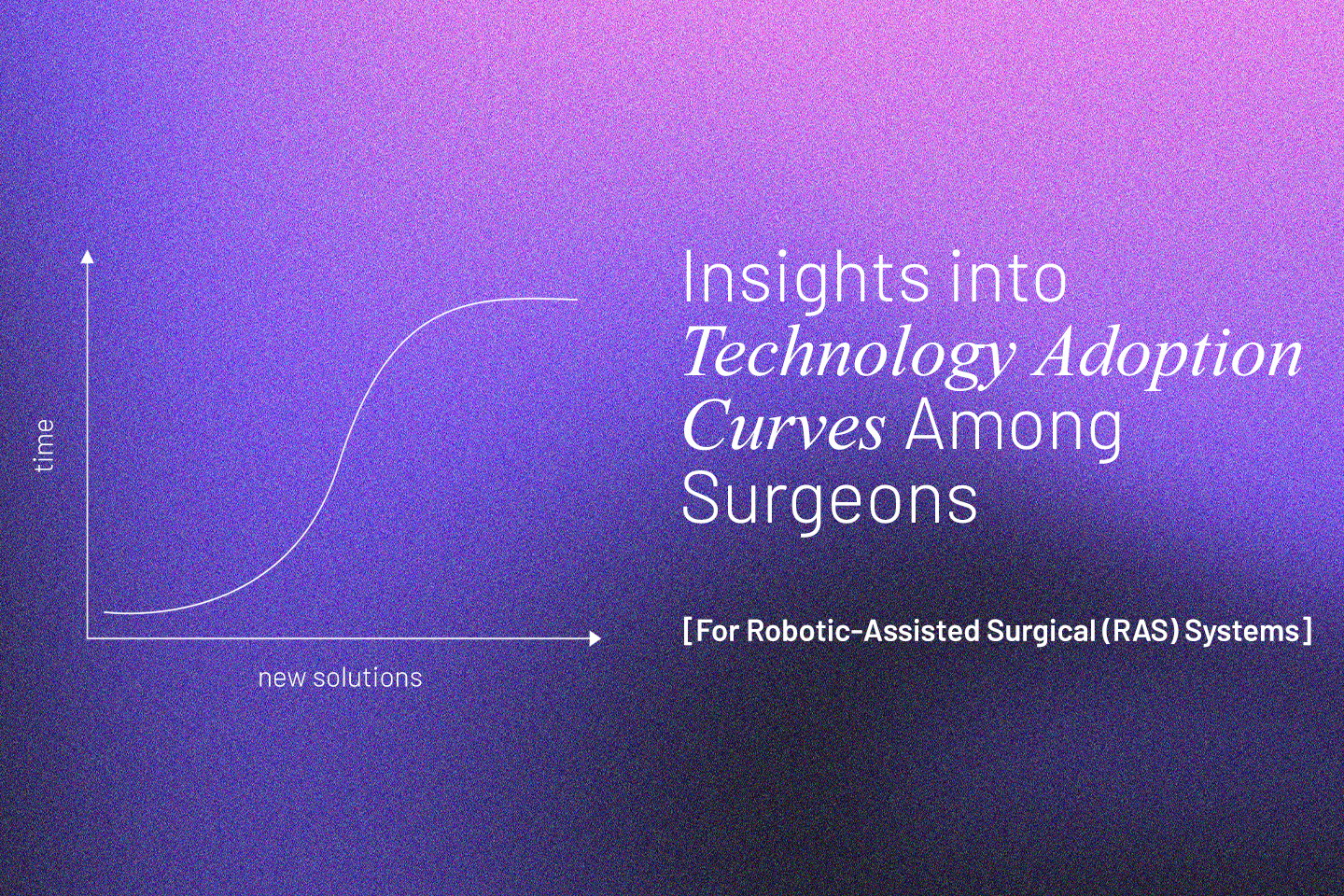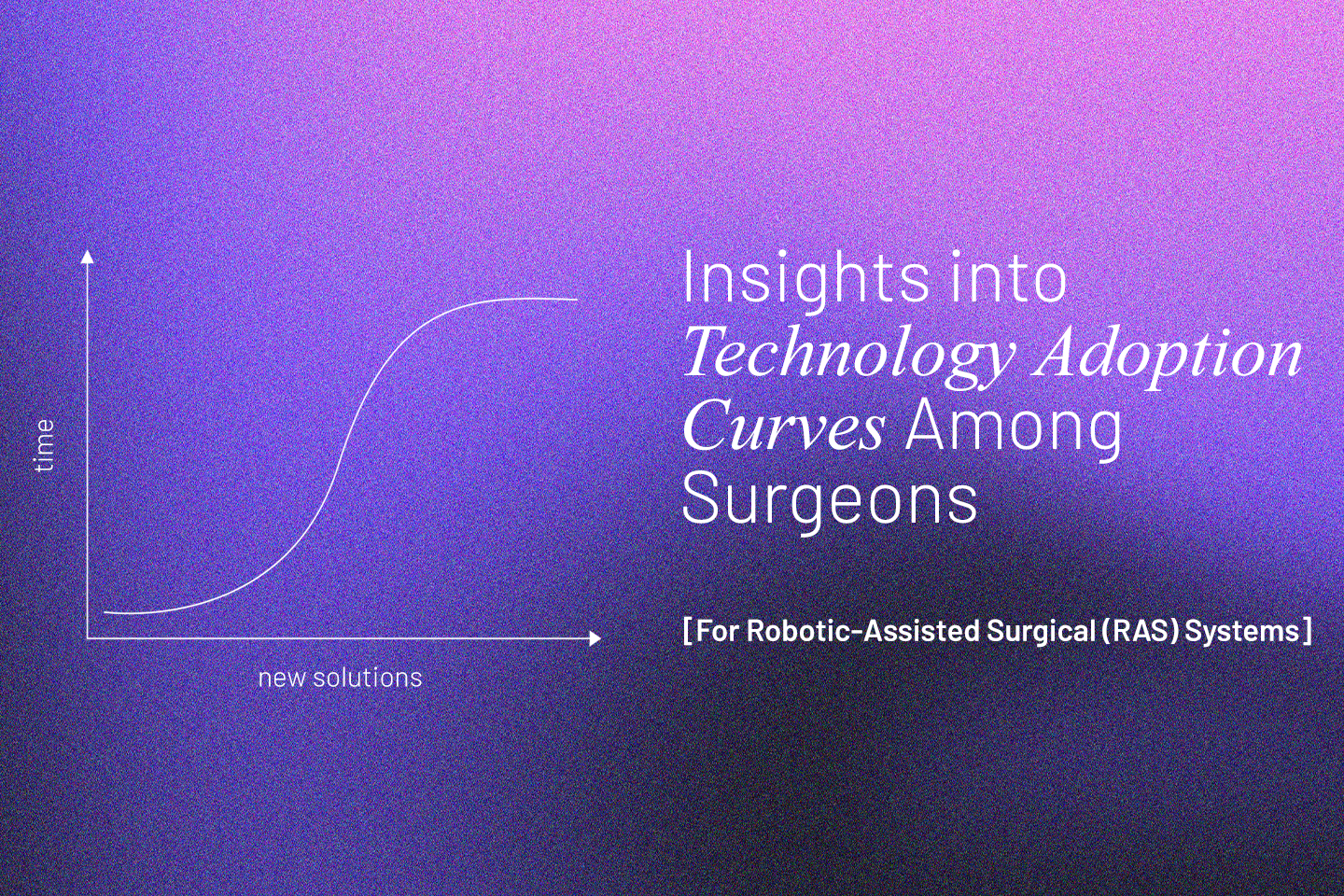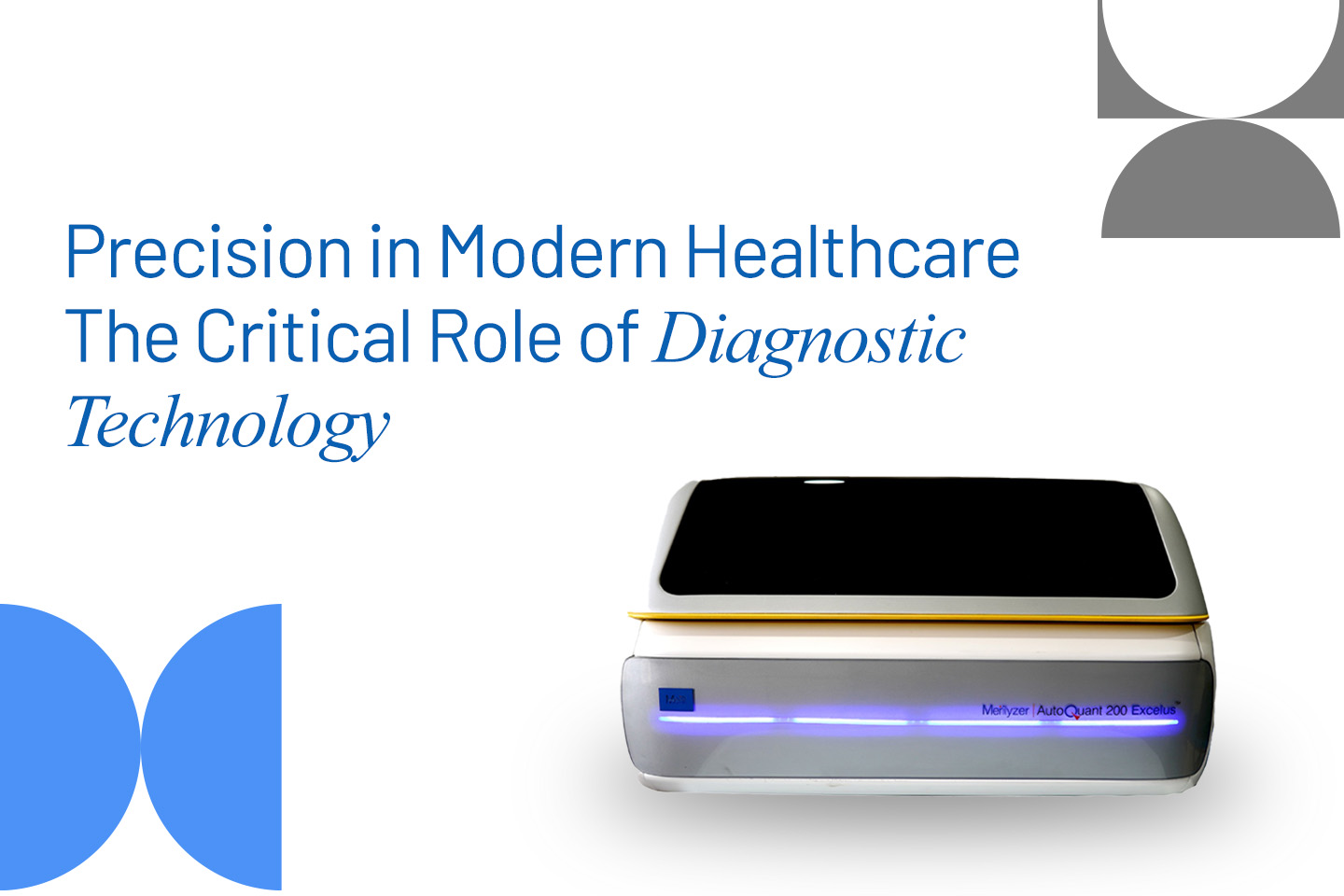Medical Devices
An Insight into the Technology Adoption Curves Among Doctors When It Comes to Transformative and Emerging Healthcare Robotics

Introduction
The adoption of new surgical technologies among doctors follows a well-recognized trajectory known as the "technology adoption curve." This curve illustrates how innovations in the medical field move from early adopters to widespread use based on clinical effectiveness, safety, and cost efficiency. In India, this curve is rapidly accelerating, particularly in the field of robotic-assisted surgeries. The MISSO Robotic System, a surgical robot developed by Meril Life Sciences, exemplifies this transformation, making advanced surgical precision more accessible to hospitals and patients across the country.
The Role of Technology in Modern Surgery
Surgical innovations have historically undergone phases of skepticism, early adoption, and eventual integration into standard medical practice. According to a study published in JAMA Network Open, clinical outcomes are the primary factor influencing both surgeons and non-surgeons in adopting new surgical technologies. The study highlights that patient safety, procedural efficacy, and cost-effectiveness play a crucial role in determining whether a new surgical device or technique will gain traction in hospitals and medical institutions.
Source:
JAMA Network Open: Study on Surgical Technology Adoption
India, with its fast-growing healthcare infrastructure, has witnessed a significant rise in the adoption of robotic-assisted surgical (RAS) systems. These systems help enhance surgical precision, reduce complications, and improve patient recovery times. Among the most promising developments in this field is the MISSO Robotic System, which is revolutionizing knee replacement surgeries in India.
How MISSO Robotic System is Reshaping Knee Surgeries
Launched in June 2024, the MISSO Robotic System was designed to assist surgeons in performing primary knee replacement procedures with greater accuracy. One of its standout features is its personalized pre-operative planning, which enables surgeons to tailor procedures to a patient's specific anatomy. This ensures precise bone cutting and reduces the likelihood of post-surgical complications.
Some of the key advantages of the MISSO system include:
- Enhanced precision – The system features a 6-axis articulated robotic arm that allows for unparalleled accuracy.
- Improved patient outcomes – The technology reduces soft tissue damage, leading to quicker recovery and less post-operative pain.
- Higher efficiency – The robotic system minimizes human errors and reduces surgical time.
- Lower cost – MISSO makes robotic knee replacement surgeries 66% more affordable compared to traditional robotic systems, increasing accessibility for both hospitals and patients.
- Adaptability – With a compact footprint, MISSO is also appropriate for smaller hospitals that may not have the infrastructure to accommodate bulky robotic systems.
Source:
Meril Life Sciences: MISSO Robotic System Overview
India's Growing Market for Robotic-Assisted Surgeries
India is quickly emerging as a global hub for robotic-assisted surgeries, with hospitals and medical institutions recognizing the advantages of robotic systems. The country's healthcare sector is experiencing a 14% annual growth rate in the adoption of robotic technologies, driven by the following factors:
- Rising Demand for Minimally Invasive Surgeries – Patients and surgeons prefer techniques that result in less scarring, reduced recovery time, and fewer complications.
- Government and Private Investments – Healthcare investments in advanced medical technologies have increased significantly, making robotic surgeries more widely available. Click here to watch a quick video!
- Cost-Effective Innovations – Companies like Meril Life Sciences are developing affordable robotic systems tailored to the needs of Indian hospitals and expanding globally.
- Surgeon Training and Education – With the rise of robotic training programs, more doctors are gaining expertise in using surgical robots, further accelerating adoption.
Source:
Health Economic Times: India's Growth in Robotic-Assisted Surgery
The Future of Surgical Robotics in India
As robotic-assisted surgery becomes more widespread in India, the technology adoption curve among doctors is shifting. While some early adopters have already embraced surgical robotics, mainstream adoption is expected within the next five years.
Key Future Trends:
- Expansion Beyond Orthopedics – While knee and hip replacements have seen the highest robotic adoption, the technology is now being integrated into cardiac, neurological, and general surgeries.
- AI Integration – The future of robotic surgery lies in AI-driven predictive analytics, which can help doctors make real-time decisions based on patient-specific data.
- More Affordable Robotics – As production scales up, robotic systems will become even more cost-effective, making them a standard part of surgical procedures in tier-2 and tier-3 cities.
Conclusion
The adoption of new surgical technologies follows a predictable curve, with early adopters leading the way before the technology becomes the norm. In India, robotic-assisted surgeries are no longer a futuristic concept but a growing reality, with systems like MISSO transforming orthopedic care. With improved precision, affordability, and faster recovery times, robotic systems are paving the way for salient orthopedic surgeries—one where technology and medicine merge to provide optimum patient outcomes.
For further insights into India’s advancements in robotic healthcare, watch this video on the MISSO robotic system:





